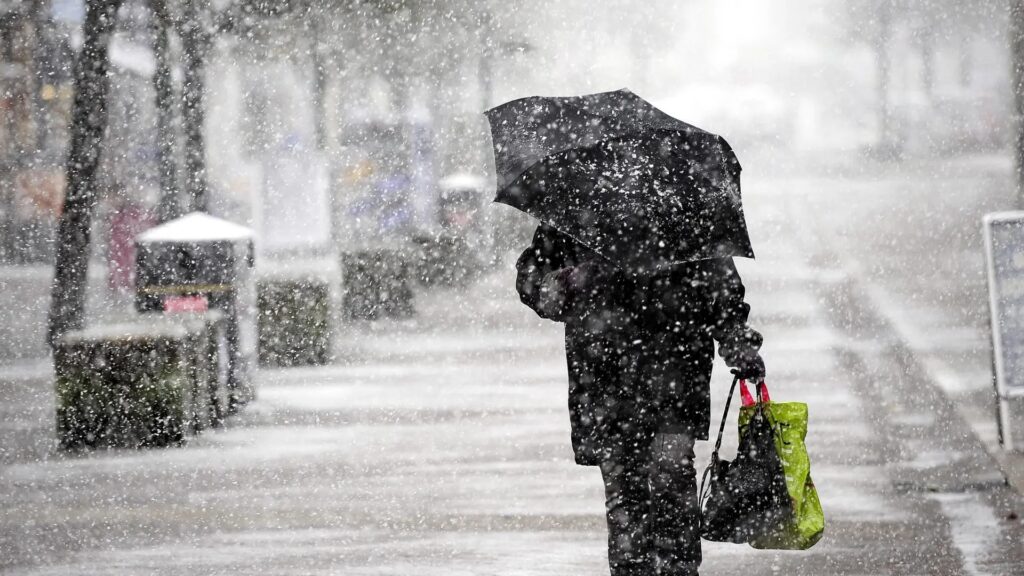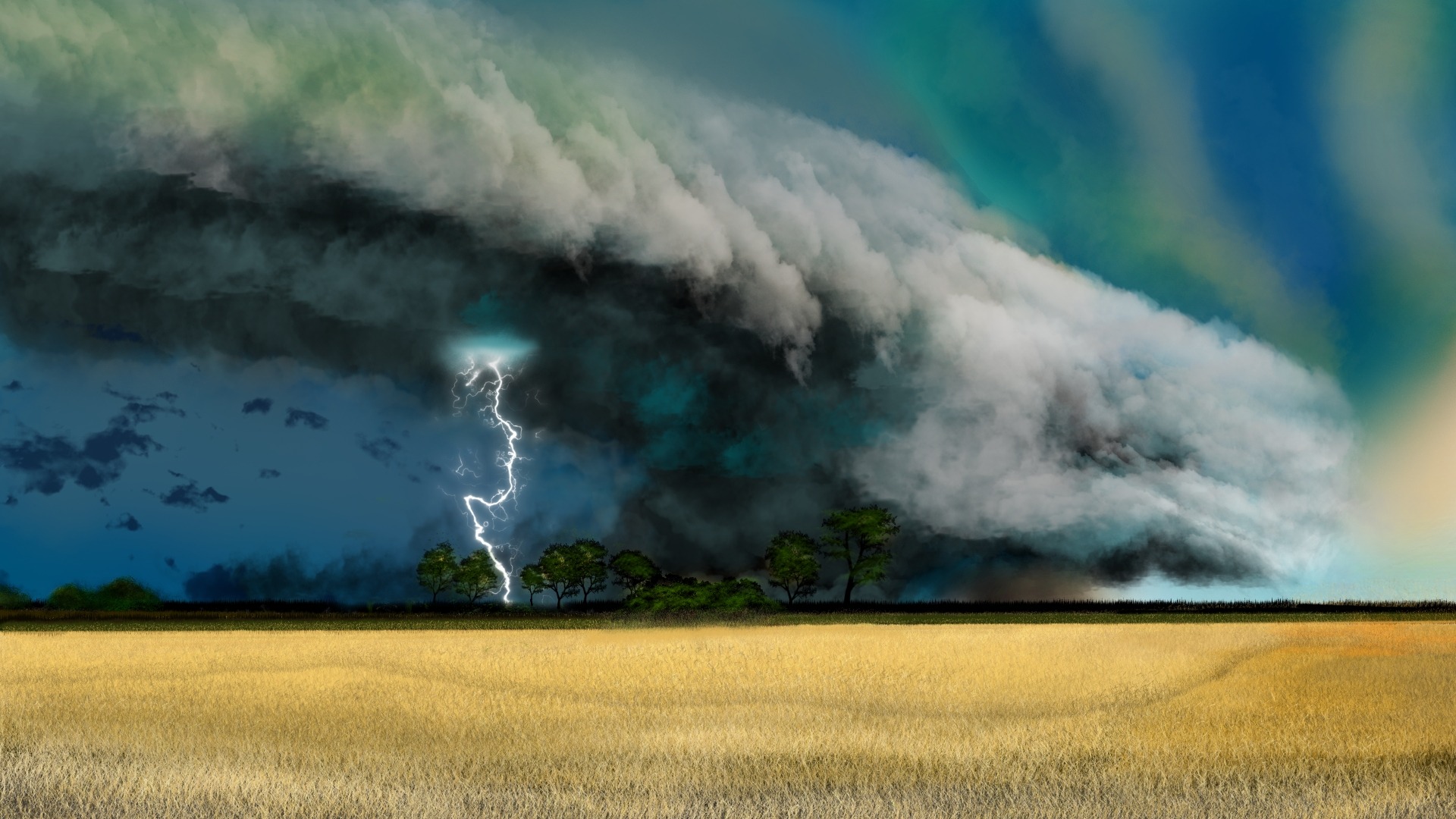Weather is a powerful force of nature that can shape landscapes, influence ecosystems, and impact human lives in profound ways. While most weather events are predictable, some phenomena stand out due to their intensity, rarity, or destructive potential. On StormWatch.site, we explore the most fascinating and dangerous weather events, including hailstorms, dust storms, ice storms, sleet/freezing rain, monsoon rains, and Nor’easters.
In this comprehensive guide, we’ll delve into the science behind these extreme weather events, their formation, impacts, and safety measures.
- Hailstorms: Frozen Fury from the Sky
What Is a Hailstorm?
A hailstorm is a severe weather event characterized by the precipitation of hailstones—solid balls or lumps of ice that form within strong thunderstorms. Hailstones can range from pea-sized to larger than a grapefruit, causing significant damage to property, crops, and even posing risks to human life.

How Do Hailstorms Form?
Hail forms in strong updraft thunderstorms where supercooled water droplets freeze onto nuclei (such as dust or ice particles) in the storm cloud. As these frozen particles are carried upward and downward by turbulent winds, they accumulate layers of ice until they become too heavy for the updrafts to support, falling to the ground as hail.
Key conditions for hail formation:
Strong updrafts (rising air currents)
High moisture content in the atmosphere
Freezing temperatures aloft
Impacts of Hailstorms
Property Damage: Hail can shatter windows, dent vehicles, and damage roofs.
Agricultural Losses: Crops can be destroyed in minutes.
Human Safety: Large hailstones can cause severe injuries or fatalities.
Famous Hailstorms in History
2010 Vivian, South Dakota Hailstorm: Produced the largest recorded hailstone in U.S. history (8 inches in diameter).
2013 Denver, Colorado Hailstorm: Caused over $1 billion in damages.
Safety Tips During a Hailstorm
Seek shelter indoors immediately.
Stay away from windows to avoid injury from shattered glass.
Protect vehicles by parking in a garage or covering them with thick blankets.
- Dust Storms & Sandstorms: The Invisible Wall of Wind
What Are Dust Storms and Sandstorms?
Dust Storm: A weather phenomenon where strong winds lift loose dust and dirt from dry surfaces, reducing visibility.
Sandstorm: Similar but involves larger sand particles, typically occurring in desert regions.
How Do They Form?
These storms develop when:
Strong winds (often from thunderstorms or pressure gradients) sweep across arid regions.
Dry, loose soil is present with little vegetation to hold it down.
Downdrafts from thunderstorms can intensify the storm (known as haboobs in some regions).
Impacts of Dust & Sandstorms
Health Hazards: Inhalation of fine dust can cause respiratory issues.
Reduced Visibility: Leads to accidents, especially on highways.
Agricultural Damage: Topsoil erosion can ruin crops.
Notable Dust & Sandstorm Events
1930s Dust Bowl (U.S.): A decade-long drought and poor farming practices led to massive dust storms.
2009 Australian Dust Storm: Covered Sydney in a thick red haze, disrupting flights.
Safety Tips
Stay indoors and seal windows.
Wear masks if outside to avoid inhaling dust.
Avoid driving until the storm passes.
- Ice Storms: The Silent Disaster
What Is an Ice Storm?
An ice storm occurs when freezing rain coats surfaces with a thick layer of ice, leading to hazardous conditions.
Formation Process
Warm air aloft causes snow to melt into rain.
Rain passes through a shallow cold layer near the ground, becoming supercooled.
Upon contact with surfaces, it freezes instantly, forming glaze ice.
Impacts of Ice Storms
Power Outages: Ice accumulation can snap power lines and tree branches.
Transportation Chaos: Roads become dangerously slick.
Structural Damage: Ice buildup can collapse roofs and trees.
Historic Ice Storms
1998 North American Ice Storm: Left millions without power for weeks.
2009 Ice Storm (Kentucky): One of the worst in U.S. history.
Safety Precautions
Avoid travel if possible.
Use generators safely if power is out.
Prevent pipes from freezing by keeping faucets dripping.
- Sleet & Freezing Rain: The Winter Hazards
What’s the Difference?
Sleet: Raindrops freeze into ice pellets before hitting the ground.

Freezing Rain: Liquid rain freezes on contact with cold surfaces.
Impacts
Black ice forms, making roads extremely slippery.
Power lines and trees can collapse under ice weight.
Safety Measures
Walk carefully on icy surfaces.
De-ice driveways with salt or sand.
- Monsoon Rains: Seasonal Deluges
What Is a Monsoon?
A seasonal shift in wind patterns bringing heavy rainfall, common in South Asia, Africa, and the U.S. Southwest.




Effects
Flooding and landslides.
Agricultural benefits (crucial for crops).
Safety Tips
Avoid floodwaters.
Prepare for power outages.
- Nor’easters: Coastal Winter Storms
What Is a Nor’easter?
A powerful cyclonic storm affecting the U.S. Northeast with heavy snow, rain, and strong winds.
Impacts
Blizzard conditions.
Coastal flooding.
Famous Nor’easters
1993 “Storm of the Century.”
2018 “Bomb Cyclone.”
Preparedness
Stock emergency supplies.
Stay updated on forecasts.

